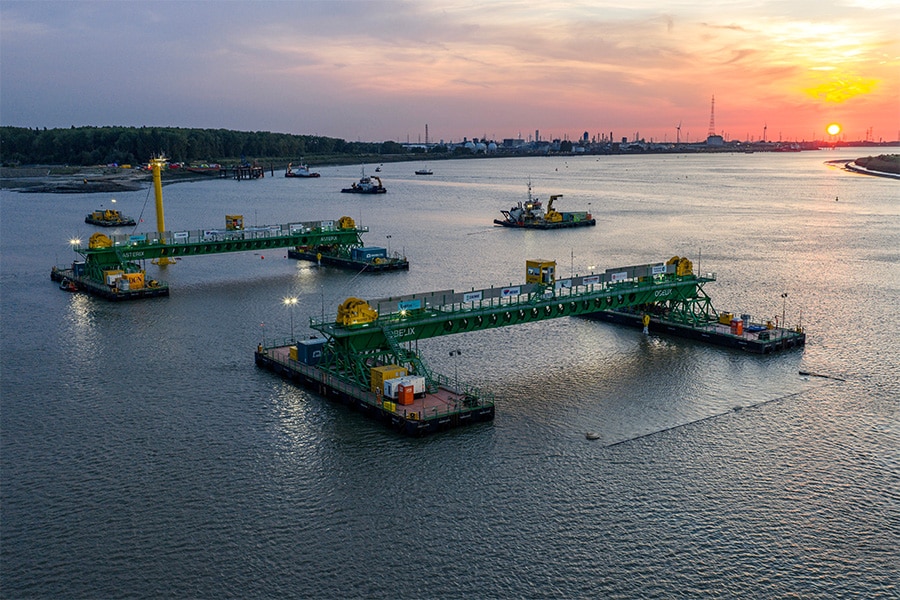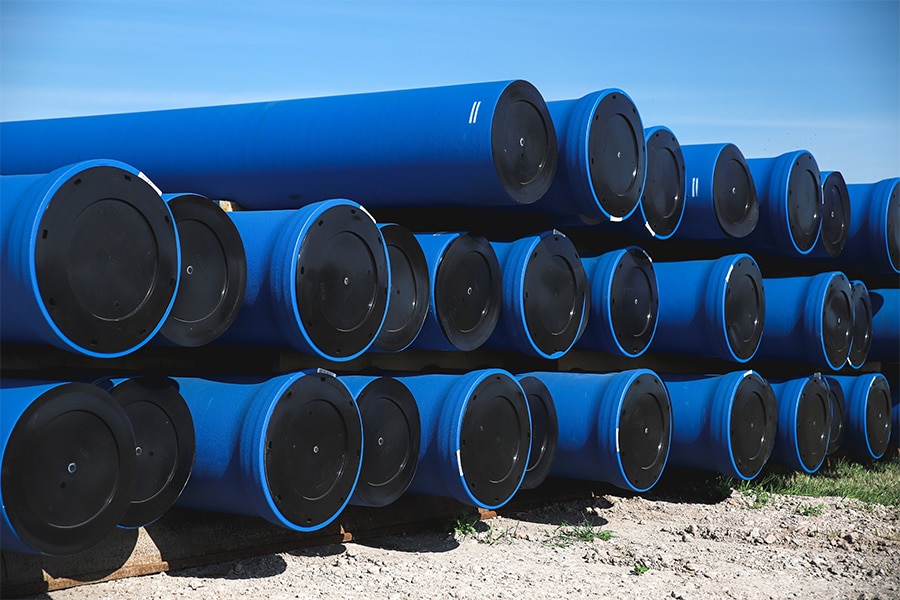
Drought in Panama: this is how we minimize leakage to the ocean
Hundreds of ships are waiting in front of the locks of the Panama Canal. Due to drought, the water in central Lake Gatún is so low that authorities have decided to allow fewer ships through each day. After all, about 200 million gallons of water enter the ocean with each ship discharging. Engineering firm Iv designed the lock gates of this special lock complex, taking maximum account of the lake's role as a freshwater supply within the specified requirements.
Water loss minimized
The Panama Canal plays a crucial role in international shipping. Without a functioning lock complex between North and South America, ships would have to go all the way around South America. The renovated lock complex, which opened in 2016, is designed to minimize the loss of fresh water. Special water basins, which reuse fresh water, and the ingenious design of the lock gates greatly reduce water loss.
To minimize the loss of fresh water, economy basins (water basins) are used when ships pass through the locks. These savings basins, three adjacent to each lock chamber, reduce leakage loss by 60%. By running some of the water through these basins during lockage, it can be reused. In fact, the fresh water from Lake Gatún is the main source of drinking water in addition to being an important navigation route. About half of Panamanians are supplied with clean drinking water thanks to this lake.
However, the prolonged drought is causing water levels in Lake Gatún to drop. Normally, the loss due to the passage of ships - 200 million liters per passage - is compensated by rainfall and supply from the Chagres River. That way, about 36 ships can be cleared daily. But now that it is not raining and also the supply from the Chagres is less, Panama has reduced the number of passing ships. As a result, congestion occurs and hundreds of ships are now waiting to get from the Pacific to the Atlantic.

A patented solution
A strict requirement in the design of the lock doors of the renovated Panama Canal was that they be allowed to leak very limited fresh water to the oceans. An average leakage of five liters per meter per minute and a maximum leakage for any point on the door of ten liters per meter is allowed. The seal that prevents leakage must last fifteen years, meaning the door is opened and closed 135,000 times during that time. During that time, the seals must continue to meet all stringent requirements and must therefore not wear out excessively. To this end, Iv has designed a special differential pressure-activated sealing and guiding system, which ensures smooth horizontal guiding and easy correct installation while meeting the stringent sealing requirements. Iv has obtained a patent for this new, never-before-designed system.
More at NOS
The NOS News paid attention to the drought in Panama and its impact on shipping. Wouter van der Wiel explains the operation of the locks of the Panama Canal on behalf of Iv. Also on the NOS website addresses the design of the lock gates.




